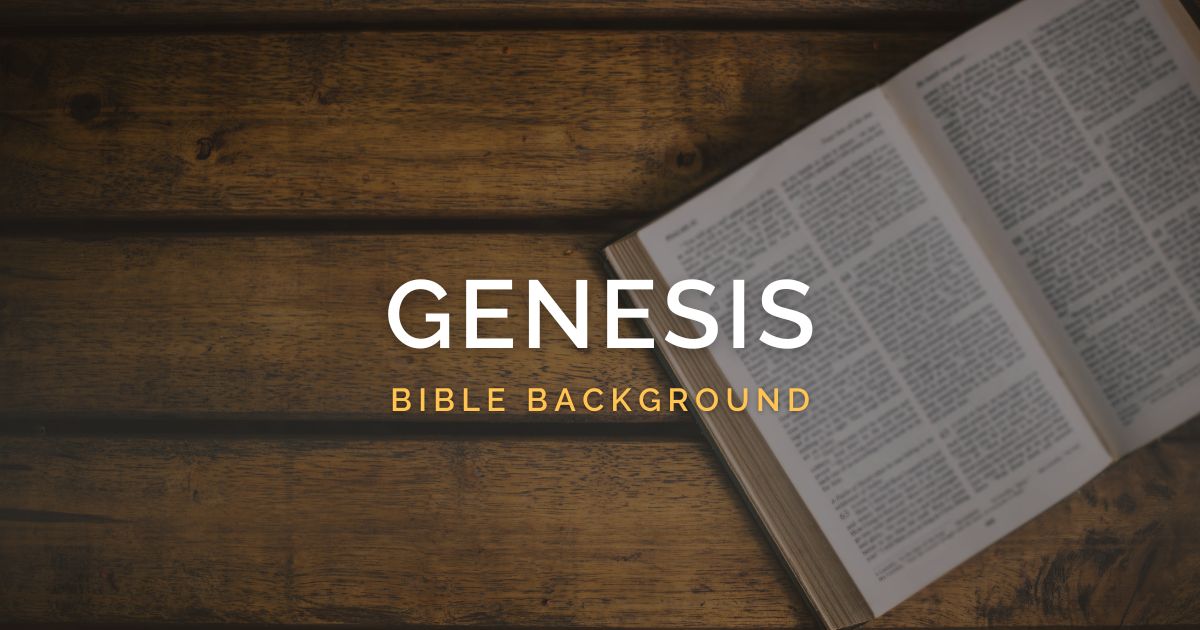Who
Moses to Israel (the second generation that came out of the Egypt)
Where & When
This book was written as the first book in a five-part series (Genesis, Exodus, Leviticus, Numbers, Deuteronomy) in approximately 1406 BC in the Wilderness of Sinai and/or the Plains of Moab just south or east of modern Israel. In the context of its composition, Israel resides in the Transjordanian Plateau region and is poised to conquer the Promised Land of Canaan on the other side of the Jordan River.
Why
To instruct Israel (and the world) on the history of creation and the origins of their nation and how the one and only God, Yahweh, is raising up Israel and their Seed to destroy sin and the curse and restore the world to the paradise of the Garden of Eden. This book establishes the “WHO” of God’s plan for Israel. The Seed of the Woman (the “WHO”, the Messiah; Gen. 3:15) is the ultimate expectation of the book (and the Bible), and it introduces the reader to the generations of Israel who will usher in the Seed.
How
Be paying attention to these important terms that occur in this book:
- Generations (similarly, the Hebrew name of the book is associated with the term “beginning”)
- Covenant
- Name
- Blessing
- Seed (Offspring, Descendants)
- Land (Earth)
Also, note that a common motif in the book is God’s work to turn evil for good (e.g., Gen 50:20). In fact, since Genesis is the book of the beginning of God’s plan for Israel and the world, this becomes the carrying theme throughout the rest of the Bible. Indeed, the Gospel is the ultimate example of God turning evil for good.
Literary Outline
- Gen. 1:1–2:3 Introduction
- Gen. 2:4–4:26 Generations of the Heavens and the Earth
- Gen. 5:1–6:8 Generations of Adam
- Gen. 6:9–11:9 Generations of Noah
- Gen. 11:10–26 Generations of Shem
- Gen. 11:27–25:11 Generations of Terah
- Gen. 25:12–18 Generations of Ishmael
- Gen. 25:19–35:29 Generations of Isaac
- Gen. 36:1–43 Generations of Esau
- Gen. 37:1–50:26 Generations of Jacob (Israel)
